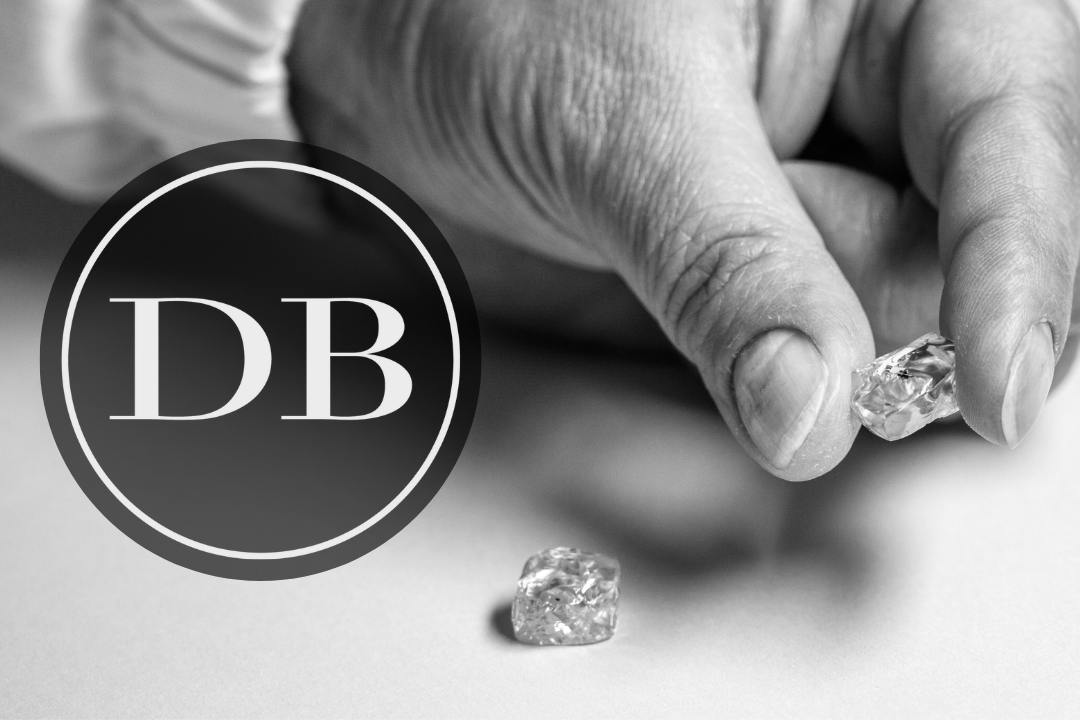Substantial Transformation - January 2024 News
As 2024 begins, all industry chatter is about the new sanctions being applied to Russian diamonds. The key to the new expanded sanctions is the term ‘substantial transformation.’ Previous sanctions allowed for diamond origin to be the last place of ‘substantial transformation.’ For example, a diamond mined in Russia but cut in India, could be classified as origin India. Well, that has been changed … origin, under the new sanctions, refers only to the country where the diamond is mined. This closes the obvious loophole that allowed Russian diamonds to bypass previous sanctions.
Beginning this month, the G7 nations, including Canada, France, Germany, Italy, Japan, the United Kingdom, the United States, and the European Union will begin to implement a, yet undefined, technology to track the origin of all rough diamonds over fifty points.
As I understand it, the latest sanctions designate Antwerp as the single port of entry and exit for all rough and polished diamonds destined for participating countries. Antwerp has a long history of processing, identifying, and distributing rough and polished diamonds. The city of Antwerp is more than willing to participate as a pivotal point for the documentation, as they want to cut out Dubai, a city that has been playing the spoiler during earlier attempts at Russian sanctions.
The timeline for polished diamond documentation of origin over one carat is by March of this year and processing will extend to fifty point natural, and laboratory grown diamonds, jewellery, and watches by September.
However, there are concerned parties. For example, De Beers, the largest participant from the mining sector, currently does not list country of origin on their rough parcels; they mix their diamonds from various mines and countries. The practice of mixing allows De Beers to deliver larger more consistent parcels to their regular clients. So, De Beers is not happy. Al Cook, CEO at De Beers, put the poo poo on the sanctions saying, “with the best will in the world, the average customs agent will not be able to look at one diamond and another diamond and go, ‘That’s the Russian one.'” African countries are worried about the cost of tracking for smaller local diamond miners and cutters. India is worried about the tight timeline and the possible disclosure of sensitive information, while some trade organizations are worried about the future of the Kimberley Process.
The US National Security Adviser, Jake Sullivan, sums up the stiffer sanctions with these words, “Together with our allies and partners, we have put in place the largest set of sanctions and export control actions ever imposed on a major economy … to undercut Russia’s ability to wage war, and to hold Russia accountable for attempting to conquer its neighbor by force and subjugate its people.”
Russia is not very enamored with all these ‘goings on.’ The Russian Finance Minister insists that, "Exports of diamonds will continue… (we) will simply redirect sales to other regions." Alexy Kalechev, a Russian securities analyst claims that, “As of now, such a mechanism (for inspection and certification of diamonds) does not exist, neither will it appear by March 1, and it is unclear whether it will be ready by September 1…This only suggests certain possibilities of [so-called] 'grey'. Russia's foreign ministry calls the sanctions "unfriendly, illegitimate actions".
I conclude that these sanctions are controversial but have the potential to push the diamond industry into a much more transparent and sustainable place. I see their implementation as essential, beneficial and, perhaps making up for the gross inefficiencies of the Kimberley Process. I also agree with our friend and diamond analyst, Edahn Golan, who asserts that “These sanctions are coming and will last for many years, changing the diamond landscape forever”.
Mel Moss
WANT TO EXTEND THIS CONVERSATION? LET'S CHAT



